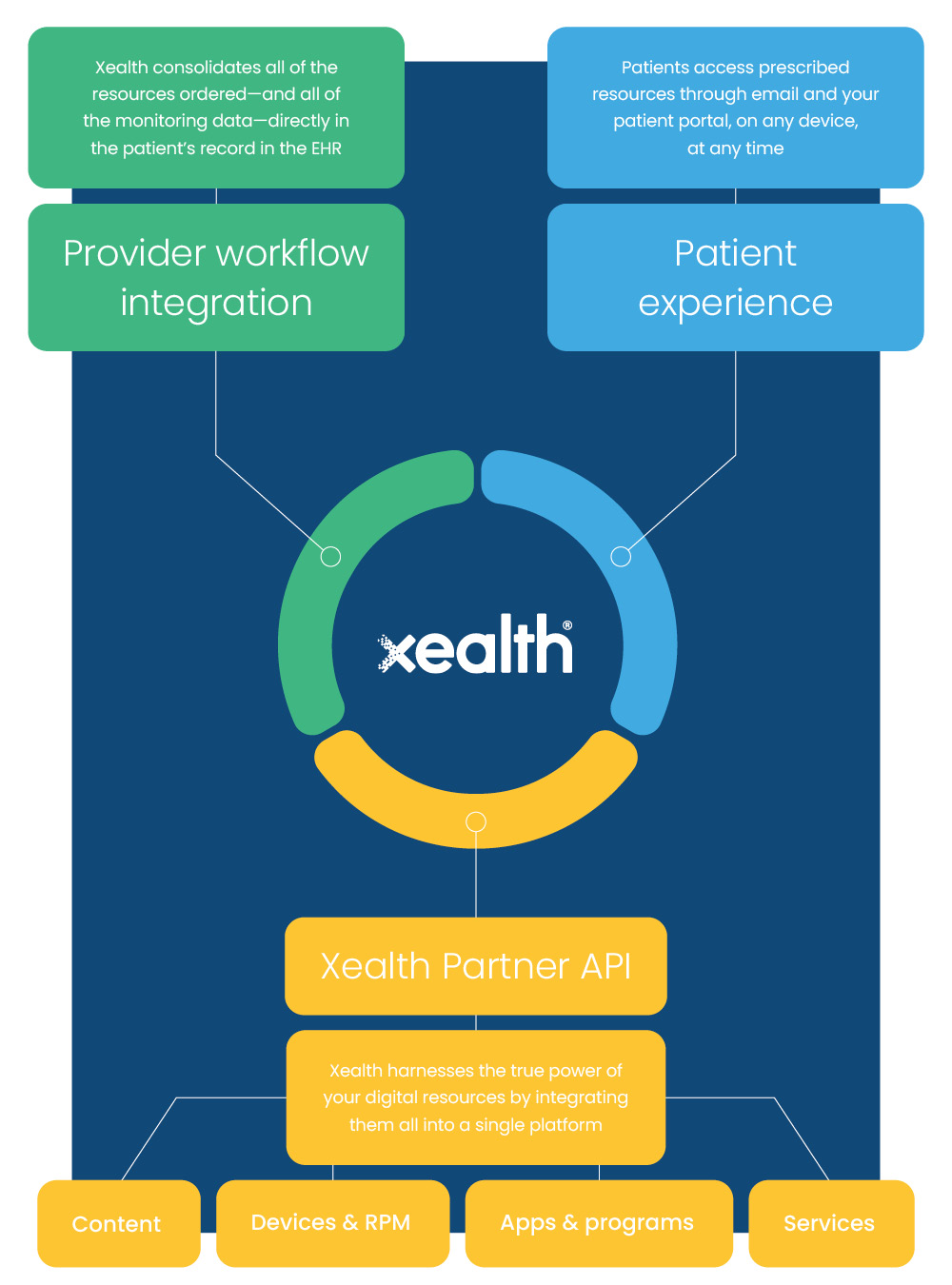David Slifka, VP Commercial Operations
By now, you’re probably familiar with the digital front door concept in healthcare, but what about the digital side door?
In a previous blog post, I explained the side door concept as the tendency of patients to seek lower-value services outside their primary care network. That door, as we all know, serves as an entry and an exit.
Similar to retail customers, patients seek more convenient and accessible ways to interact with healthcare providers. The digital side door encompasses various online touchpoints – from websites and patient portals to mobile apps and telehealth services.
Understanding and optimizing this concept is vital for healthcare systems looking to attract and retain patients in the digital age. Here are my recommendations for making the digital side door work for your healthcare organization.
4 Ways to Attract New Patients Through the Digital Side Door
1. Provide a Seamless Online Experience
Provide intuitive website navigation, fast and efficient appointment booking, and access to telehealth options. A user-friendly interface enhances patient satisfaction and encourages them to engage with healthcare services through digital channels.
2. Leverage Digital Marketing
Digital marketing plays a pivotal role in attracting new patients. Implement effective SEO strategies to ensure that your health system appears in relevant online searches. Targeted social media campaigns and engaging content marketing further enhance visibility and build a connection with the audience.
3. Utilize Patient Portals
Patient portals serve as a gateway for patients to access their health information conveniently. As mobile patient portals experience unprecedented use, it’s vital to ensure that the experience is secure and user-friendly. Easy sign-ups and secure access are critical, and the portal should offer comprehensive features such as test results, prescription management, and secure messaging with healthcare providers.
4. Integrate with Wearables and Health Apps
Over one-third of adults use digital health apps and wearables in 2023. Integrate with popular fitness and health-monitoring devices to provide a holistic view of patient health data. This not only empowers patients to actively participate in their healthcare but also allows healthcare providers to monitor and intervene in real time, fostering a proactive approach to patient care.
4 Ways to Avoid Patient Loss Through the Digital Side Door
1. Accommodate Patients with Digital Solutions
Accommodate patients with digital solutions that meet them where they are in their digital journey. This might involve providing various entry points, such as web-based platforms, mobile apps, or telehealth options, catering to diverse patient preferences. Ensuring these avenues are optimized for patients using these services is key – having just a handful of schedulable slots doesn’t meet the consumers where they are as those appointments will likely be booked quickly.
2. Offer Consistent and Personalized Patient Communication
To avoid patient churn and close care gaps, maintain consistent and personalized communication. This includes personalized follow-up emails and messages, regular health tips, and reminders for check-ups. Establishing a digital rapport helps in building trust and keeps patients engaged.
3. User Feedback and Adaptation
Regularly gather patient feedback to understand patient needs and preferences. Implementing improvements based on this feedback in an agile manner demonstrates a commitment to enhancing the patient experience continually.
4. Patient Data Security and Privacy
Ensure top-tier security measures and transparency in data usage. Adherence to regulations such as HIPAA is non-negotiable, and health systems must prioritize patient data security and privacy to maintain trust in their digital offerings.
Prioritize These Vendor Qualities to Achieve These Goals
Expertise in Healthcare Digitalization: Choose a vendor with expertise in healthcare digitalization. This includes a deep understanding of healthcare regulations and a proven track record of successful implementations within health systems.
Robust Technical Capabilities: Vendors should possess advanced data analytics capabilities to understand patient behavior. Integration with existing health systems’ technology is necessary for a seamless patient experience.
Commitment to User Experience: A focus on intuitive design and evidence of user-centered development processes are indicative of a vendor committed to providing a positive user experience.
Scalability and Flexibility: The chosen vendor should be able to grow with and adapt to the health system. Customizable solutions that cater to unique needs ensure the longevity and relevance of the digital engagement tools.
Security and Compliance: Adherence to HIPAA and other relevant standards, coupled with continuous updates to maintain security measures, is non-negotiable when selecting a vendor for digital patient engagement tools.
3 Primary Components of Any Digital Side Door Strategy
Strategic Planning: Align your digital strategies with overall patient care objectives. Set measurable goals and key performance indicators (KPIs) to ensure that the digital side door strategy aligns with your broader healthcare goals.
Execution: A phased rollout of digital touchpoints, coupled with cross-departmental collaboration, ensures a comprehensive implementation. This approach minimizes disruptions while maximizing the impact of digital initiatives.
Ongoing Evaluation and Optimization: Continuously monitor patient engagement and retention metrics to allow for the adjustment of tactics based on analytical insights and trends. Regular evaluation ensures that the digital side door strategy remains effective and responsive to changing patient needs.
Create Your Door to Digital Health Success
Maintaining a digital side door is a critical component for healthcare organizations to stay competitive, offering a pathway for attracting and retaining patients. Health systems must evaluate and invest in digital patient engagement tools that integrate seamlessly with provider workflows to stay relevant and provide optimal care in the digital age.
Request a Xealth demo today and take the first step toward a digitally empowered healthcare future.


